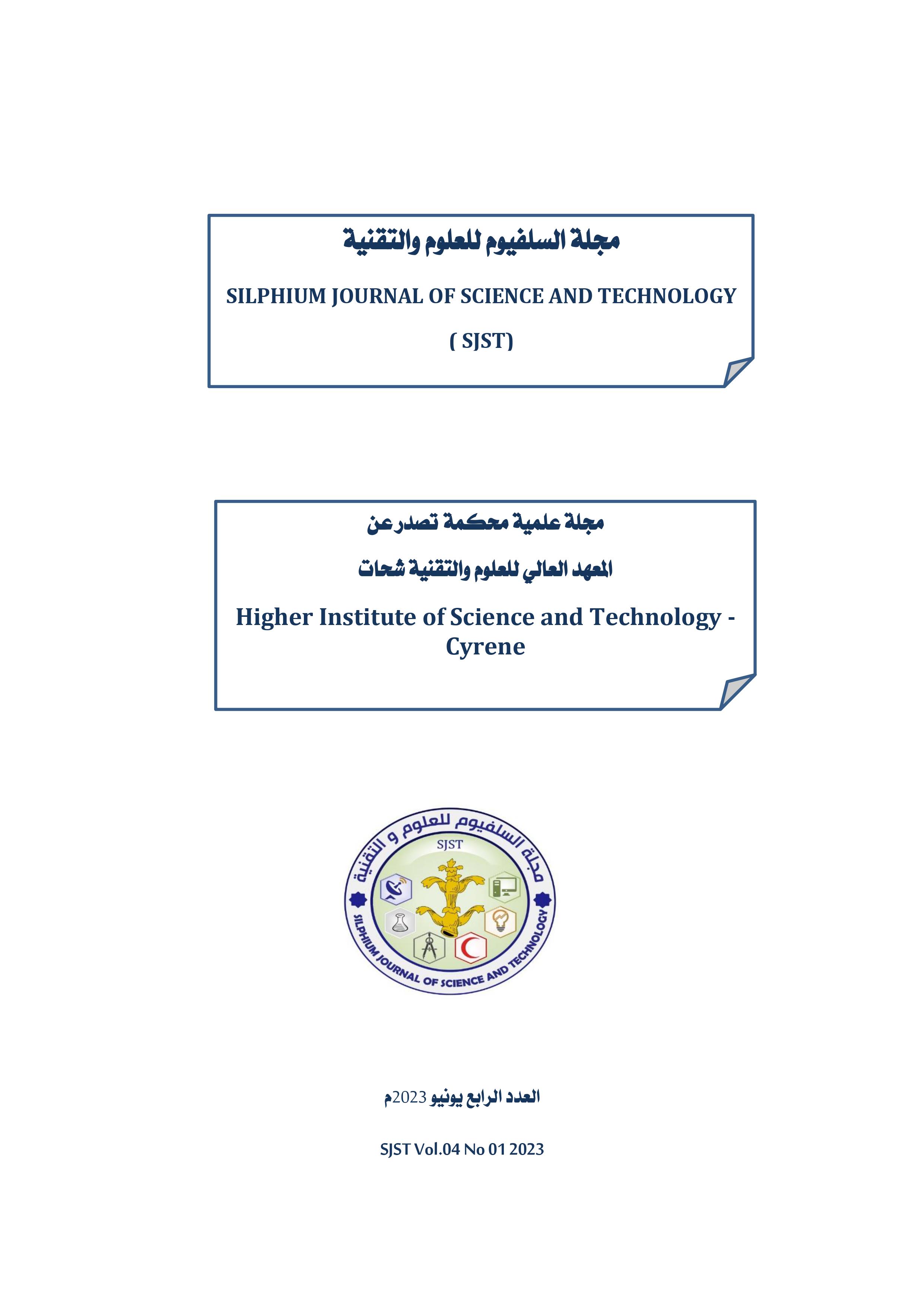A comparative study and quality assessment of some water bottling and treatment factories in the eastern region of Libya
Keywords:
Bottled water, Chemical analysis of water, Water quality, Elements in bottled waterAbstract
The study was conducted to evaluate the quality of local bottled commercial drinking water from some factories in the cities of the eastern region of Libya, the study included (9) water treatment and purification factories in both Benghazi, Al-Marj al-Bayda and Darna. Some chemical properties were estimated in the studied water samples before and after treatment, and the results were compared with the Libyan standard specifications for the year 2020 and the World Health Organization specifications.
The results showed that all study samples were in conformity with the Libyan standard specifications 2020 and the World Health Organization specifications with regard to the values of pH, nitrates, and carbonates. As for the values of total dissolved salts, it ranged between 25.8 - 300 mg/L, where (6) samples were within the permissible limits according to the two specifications, while (3) samples, namely Al-Kharouba, Al-Jazeera, and Al-Sadaqa, were less than in the two specifications. While it was found that the values of the rest of the measured chemical properties were much lower than the minimum in the two specifications, As The EC values after treatment ranged between 75-250 μS/cm, While the TH ranged between 12-45 mg/L, Na+ ranges between 1.4-28 mg/L, Ca+2 ranges between 2-61 mg/L, HCO3- ranges between 9-42 mg/L, K+ is between 0.2-3 mg/L, Cl- ranges between 11-32 mg/L, SO4-2 range between 2-34 mg/L and Mg+2 ion is between 1.5-12 mg/L, Which makes it close to distilled water, which is unhealthy for human consumption for a long time.
As for comparison with well water samples before treatment, the results showed significant differences in the values of total dissolved salts, K+, SO4-2, and Cl- ion, and highly significant differences for the rest of the indicators, this indicates the efficiency of the treatment in relation to for all water samples


